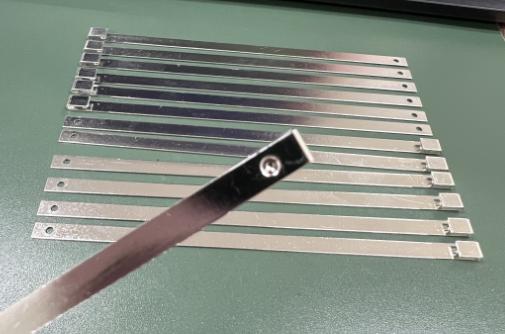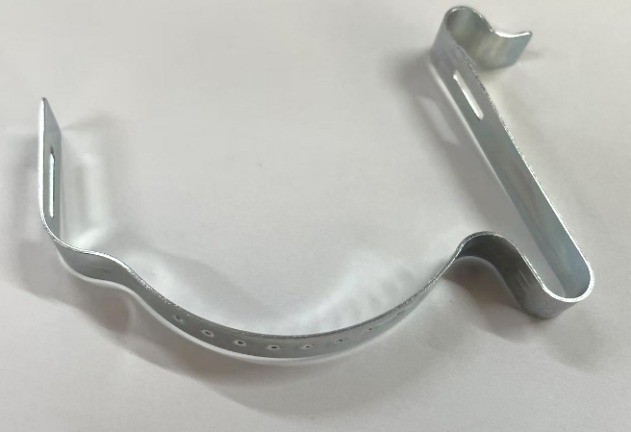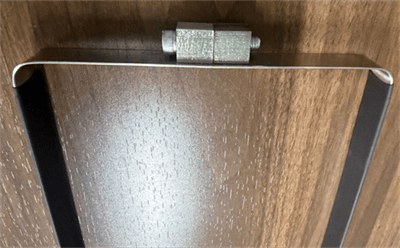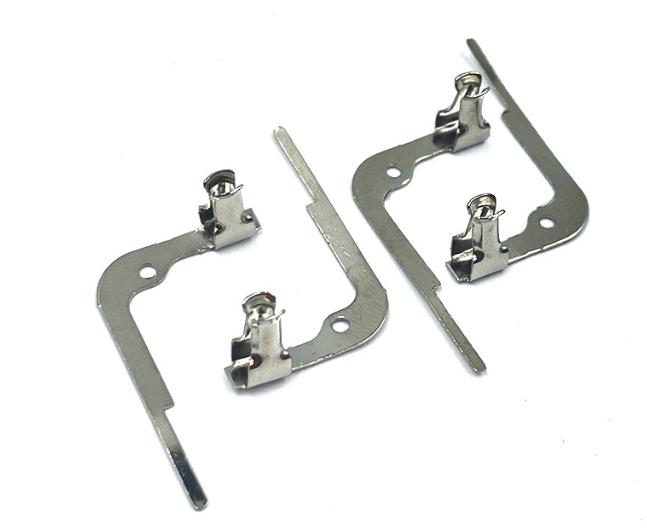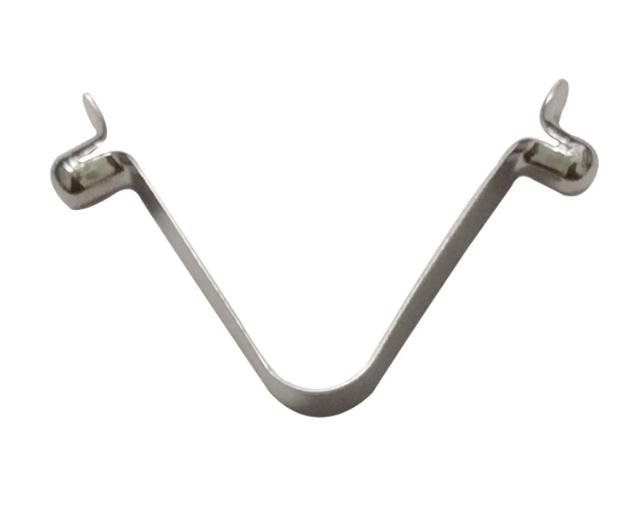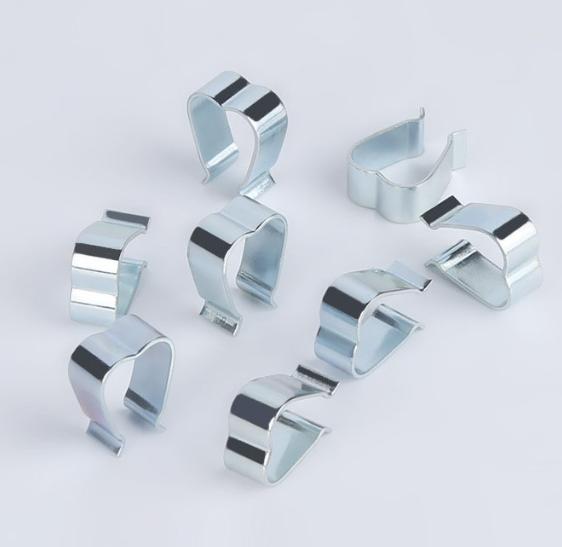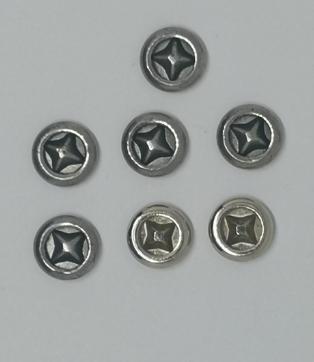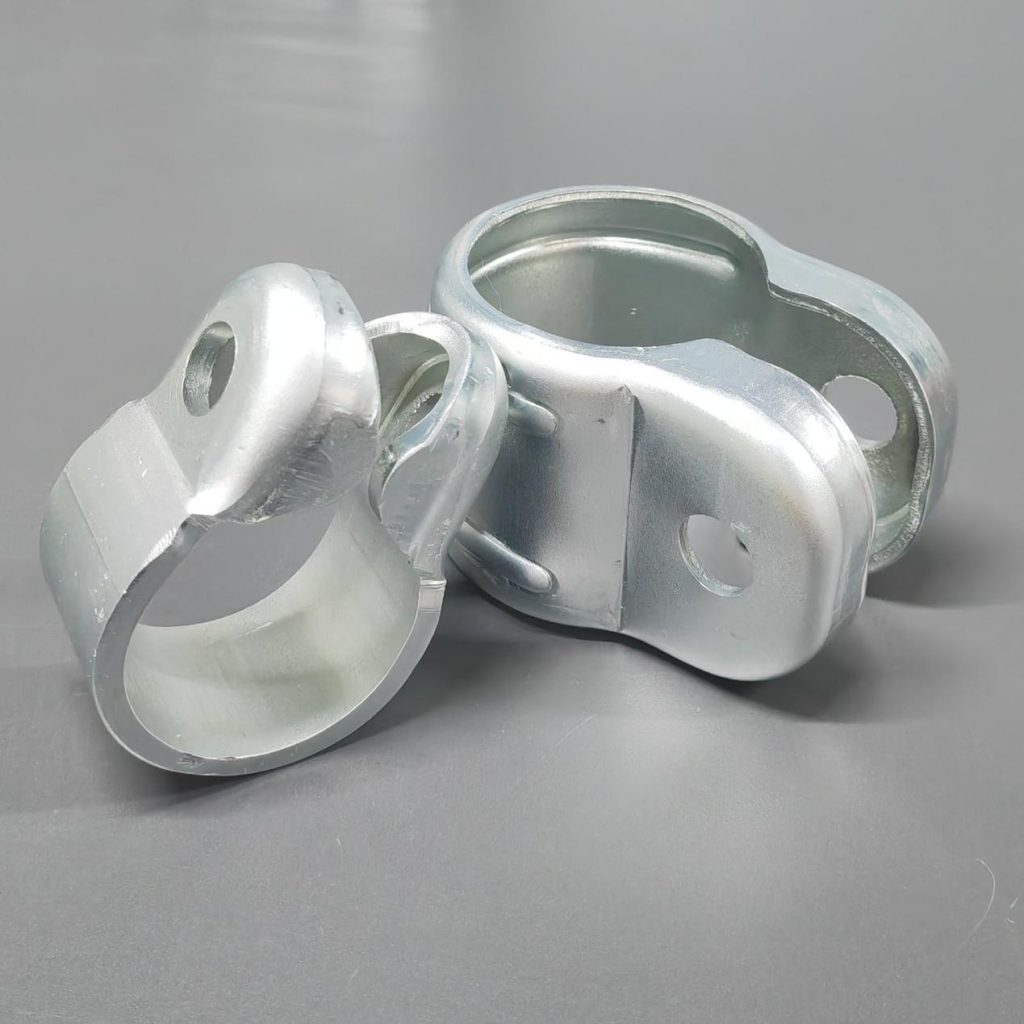Exploring the Innovations in Metal Stamping Materials: Fostering Efficiency, Precision, and Adaptability
Metal stamping, a key component of manufacturing processes, has undergone a paradigm shift as a result of ongoing advances in materials science. The dynamic intersection of engineering and materials innovation has ushered in a new era in metal stamping, where novel materials are transforming the capabilities, efficiency, and versatility of this age-old manufacturing technique. In this article, we discuss the topic of metal stamping materials, exploring the innovative materials driving change in the metal stamping industry as well as the far-reaching impacts of these advancements.
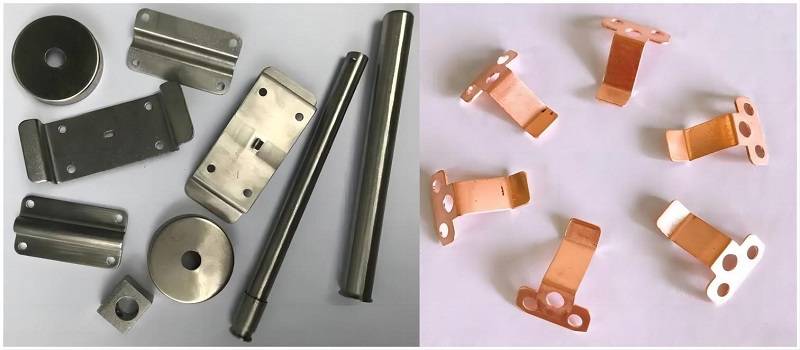
1. High-Performance Stainless Steels in the Innovation of Metal Stamping Materials
Corrosion Resistance and Strength
Traditional stainless steels have long been used in metal stamping, but recent developments have introduced high-performance stainless steels with improved corrosion resistance and strength. These alloys are especially useful in applications that require durability and resistance to harsh environments.
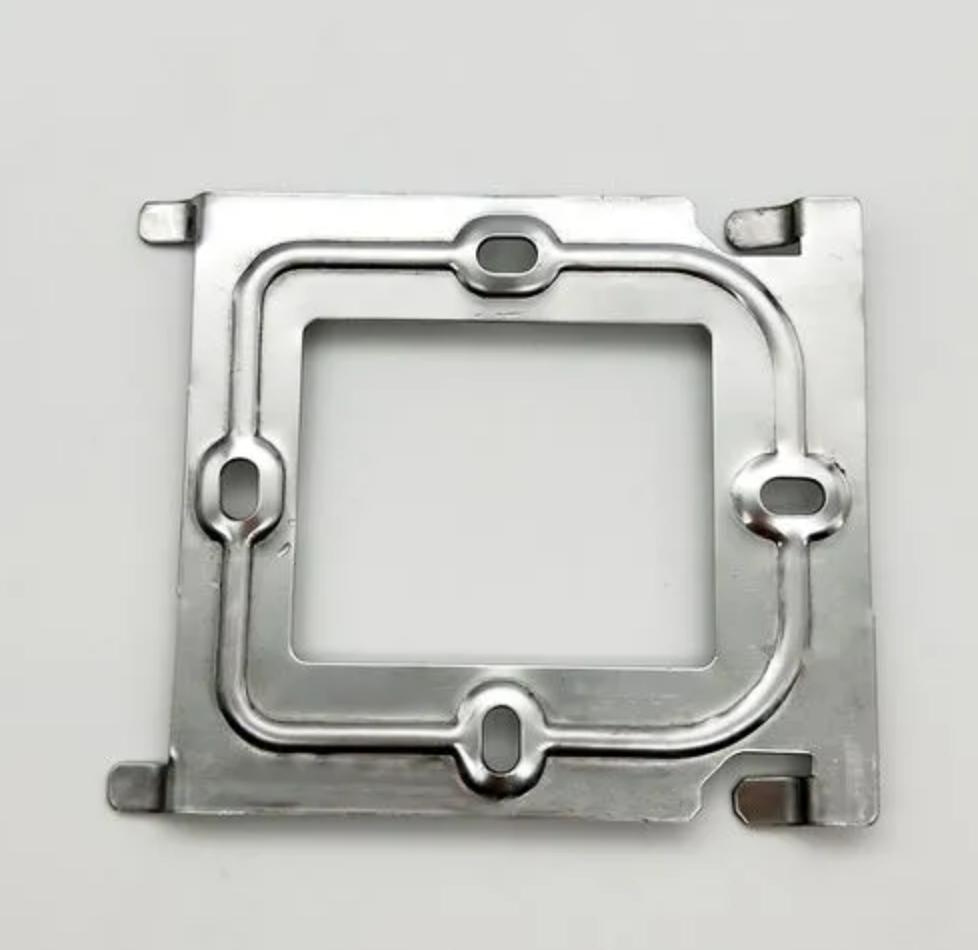
Applications in Automotive and Aerospace
High-performance stainless steels are used in critical components in industries such as automotive and aerospace that require a combination of strength, corrosion resistance, and weight efficiency.

2. Advanced High-Strength Alloys in the Innovation of Metal Stamping Materials
Lightweight and Durable
Advanced High-Strength Alloys (AHSS) have revolutionized metal stamping. AHSS is revolutionizing the production of components in industries such as automotive manufacturing by providing a remarkable balance of lightweight properties and high strength.
Formability and Complex Geometries
AHSS allows for the precise stamping of intricate and complex geometries, allowing for the creation of lightweight structures without compromising structural integrity.
3. Aluminum and its Alloys in the Innovation of Metal Stamping Materials
Weight Reduction in Automotive Design
Aluminum and its alloys have gained popularity due to their lightweight characteristics. The use of aluminum in stamped components in the automotive industry contributes to weight reduction, which leads to improved fuel efficiency and overall performance.
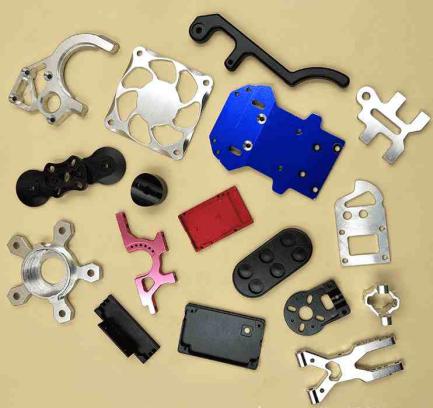
Corrosion Resistance and Aesthetics
Because of its inherent corrosion resistance, aluminum is an excellent choice for applications that require exposure to the elements. Furthermore, its attractiveness has led to increased use in consumer electronics and architectural components.
4. Specialized Coatings and Surface Treatments in the Innovation of Metal Stamping Materials
Enhanced Tool Life
such as diamond-like carbon (DLC) and other advanced surface treatments have significantly increased the life of stamping dies. Reduced friction and wear lead to longer tool life, which increases the overall efficiency and cost-effectiveness of metal stamping processes.
Improved Lubrication
Self-lubricating coatings help to make stamping operations run more smoothly, reducing the need for external lubricants and streamlining the manufacturing process.
5. Composite Materials in the Innovation of Metal Stamping Materials
Strength and Versatility
Composite materials, which are a combination of metals and polymers, are gaining popularity in metal stamping applications. These materials provide a unique combination of strength, lightweight, and design and functionality versatility.
Tailored Properties
The ability to tailor the properties of composite materials allows manufacturers to meet specific performance requirements in a variety of applications.

6. Smart Materials and Sensors in the Innovation of Metal Stamping Materials
Real-Time Monitoring
Integration of smart materials and sensors into stamped components enables real-time monitoring of variables such as stress, strain, and temperature. This data can be extremely useful for predictive maintenance, quality control, and process optimization in manufacturing.
Adaptive Components
Smart materials enable the development of adaptive components that respond dynamically to environmental conditions, adding functionality to stamped parts.

Conclusion
Innovation in metal stamping materials is propelling the industry into previously uncharted territory, fostering unprecedented levels of efficiency, precision, and adaptability. The convergence of materials science and engineering is reshaping the metal stamping landscape, opening up new opportunities in industries ranging from automotive manufacturing to aerospace and beyond.

